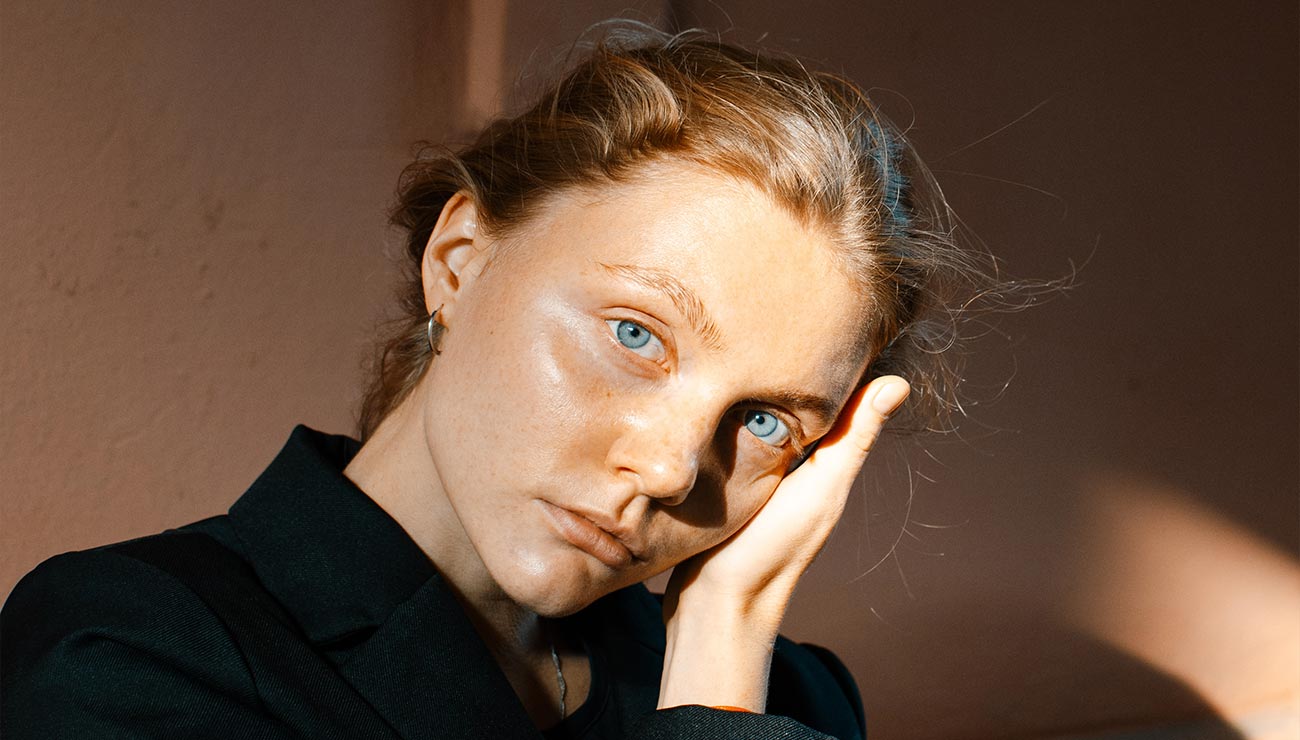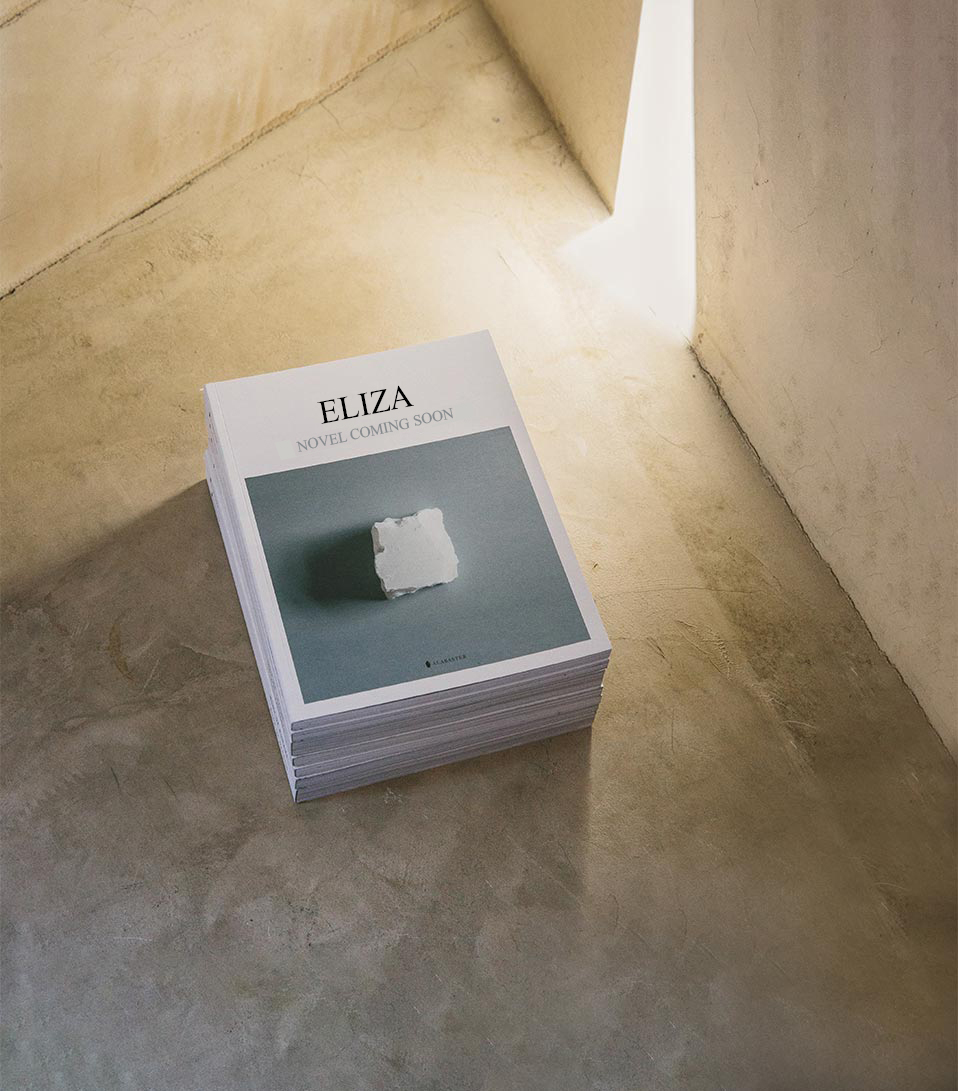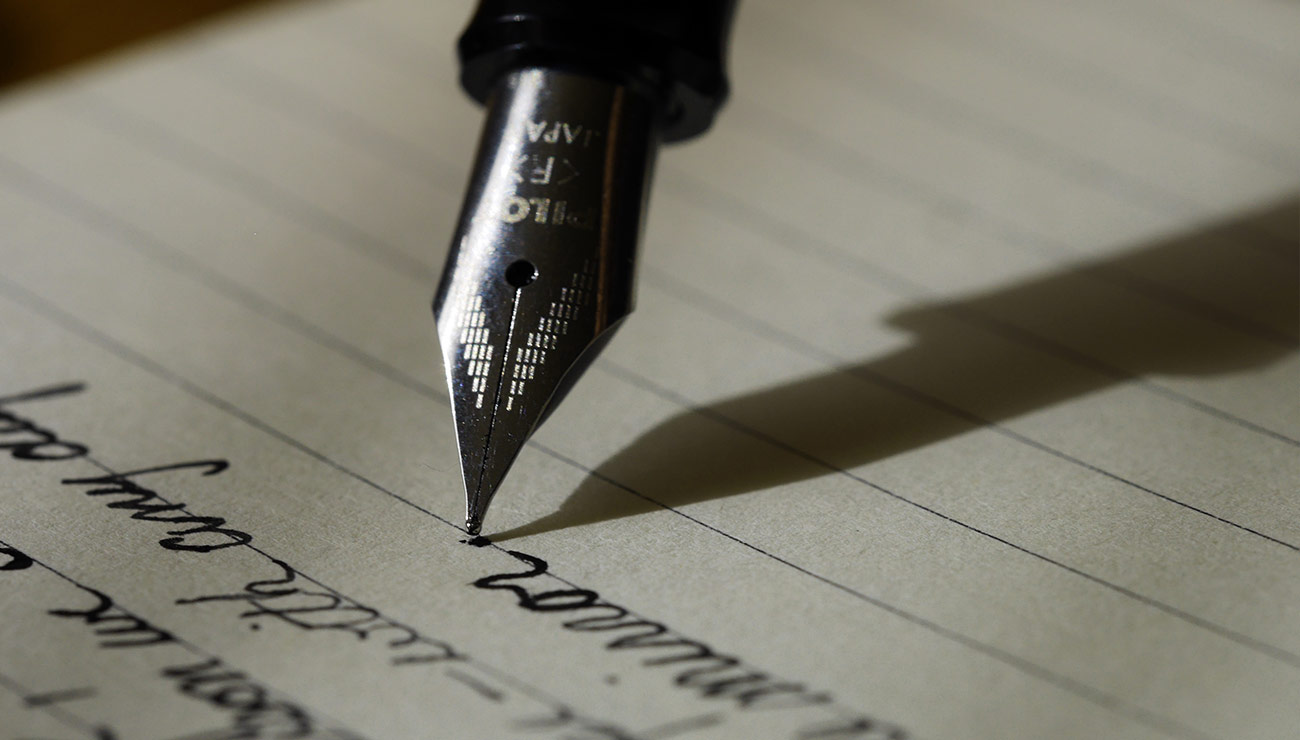
Emotion and Design — What we mean by emotion?
Throughout my studies I was told the most important aspect of design was to make something understandable and user friendly — I read and learnt the aesthetics of the design came last and was not important if you had a working product. But all that changed with this statement by Donald Norman who is an expert in the fields of design, usability engineering, and cognitive science…
“Attractive things work better” – Donald Norman (2002)²
The two contradictory messages I had been receiving are very puzzling and I needed to understand why it was that beautiful things worked better. To grasp this, I decided to join the online Interaction Design Foundation community and do a course titled “Emotional Design: How to make products people will love?”¹. To help others who are just as interested in the topic as I am, I wanted to share the knowledge which I had learnt over the months. As with studying pretty much anything, it was vital to first understand the basics and define what emotion was.
Firstly, how do we define emotion?
There are many definitions which tell us what emotion is, we tend to use the word without really understanding/considering what it is. This is partially due to the fact that emotions are about ‘feelings’, we can never fully put it into words but we are all familiar with them. Many of the definitions available point out 3 main core traits, one — emotion is a psychophysiological response, two — a pattern of autonomic changes and three — a distinct subjective feeling state. Psychologists Watson and Clark³ go further to suggest emotion also includes expressions predominantly in the form of facial expressions, but for many emotions we will hardly see any changes in our appearance — we will tend to experience some psychophysiological changes.
So, what are the benefits of emotions?
Many psychologists suggest there are no obvious benefits especially if you see no real benefit from negative emotions which can affect your daily life. For example, this happens to me almost all the time — when in an examination hall with rows and rows of students sitting in front, behind, left and to the right of me, I become very anxious and nervous about sitting the exam; I can feel the physiological changes in my body, my heart rate has risen, my temperature has risen, I’m frantically staring around the hall trying to take all this in as fast as possible before the exam begins, while thinking in the back of my head that if I don’t get it together I will most likely FAIL the exam, which then brings about the feelings of fear. All these negative feelings can deter my performance in my exam, however I can use these feelings to help plan my actions and behaviour to get it together and not have a nervous breakdown before my exam starts.
Emotions are a vital part of our daily lives, even the negative ones which are responsible for various functions which are important for maintaining physical and mental well-being. For example, long-term anxiety can be very detrimental to the emotional development of an individual, however in the short-term anxiety can help us deal with potential threats (fight) or help us avoid danger (flight). Two psychologists Oatley and Johnson-Laird⁴ suggest emotions can help us decide which actions we should pursue by aiding us to consider the outcomes of various possibilities to a problem — a little bit like a game of chess.
For example, going back to my experiences in an examination hall, the anxiousness and nervousness is the result of not having knowledge of the unknown — what are the questions going to be? Have I prepared enough? Am I going to pass or fail? but this also leads me to ceasing those feelings and calming myself down before the exam starts; such emotions could easily be debilitating and cause a nervous breakdown, however, in my mind I am trying to make an effort to stop those feelings from consuming me and trying to take back control of the situation.
This is beneficial as rather than using all my energy on building up the feelings of anxiousness and nervousness, I am desisting and applying all that resource into an alternate approach — “getting it together”. When this approach is working and I have finally calmed down, it then becomes essential to continue on this path as a step in the right direction.
Both positive and negative emotions have the potential to benefit people; they can leave a positive impact on our psychophysiology, but also can aid in choosing and pursuing different paths to our advantage. If we had no negative emotions and humans were faced with a situation where a certain action was not producing the desired outcome, we may well continue on this unsuccessful path which would be a waste of our physical and cognitive resources.
So, how do emotion and design fit together?
Design can induce emotions, we know emotions can be either positive or negative — if positive you can be sure your user is going to come back for more, if negative your users will most likely go to your competitors in an attempt to find an alternative to their problem with your product.
Ideally you are aiming to evoke positive emotions from your users, such as, pleasure, joy, surprise (unexpected but yet pleasant), attention, expectation, exclusivity, anticipation together with a strong personality all form the basis of emotional design⁵. For example, I love using my Samsung Galaxy Note 4, even when I have nothing to do or have no new notifications…why? It’s because I genuinely love using my phone. It brings about positive emotions such as joy, enthusiasm, excitement etc. All these positive emotions because the phone generally looks great, it’s nice to handle and is exclusive to me and my skills (ability to draw/sketch).
So, with that in mind, what emotions do you see your user’s emanating when using your product?
Written by Habiba Begum













